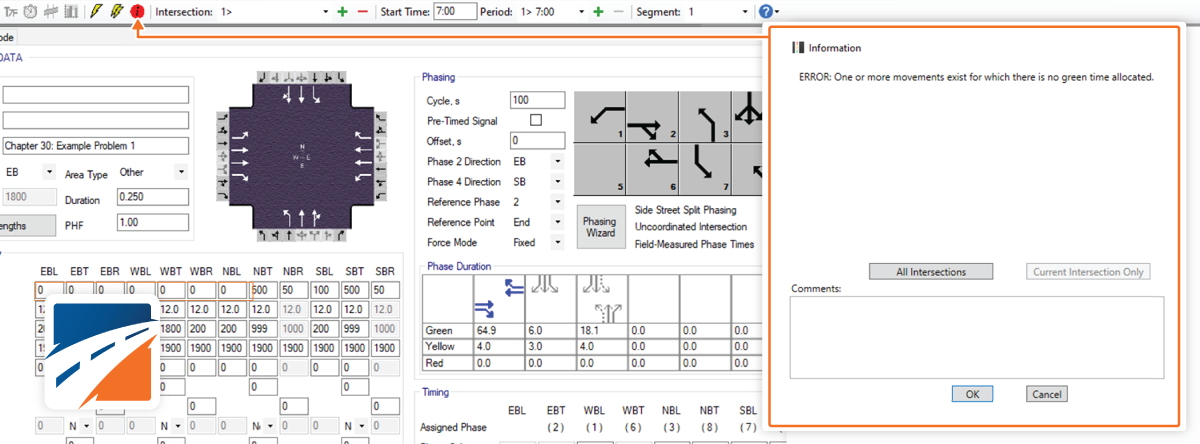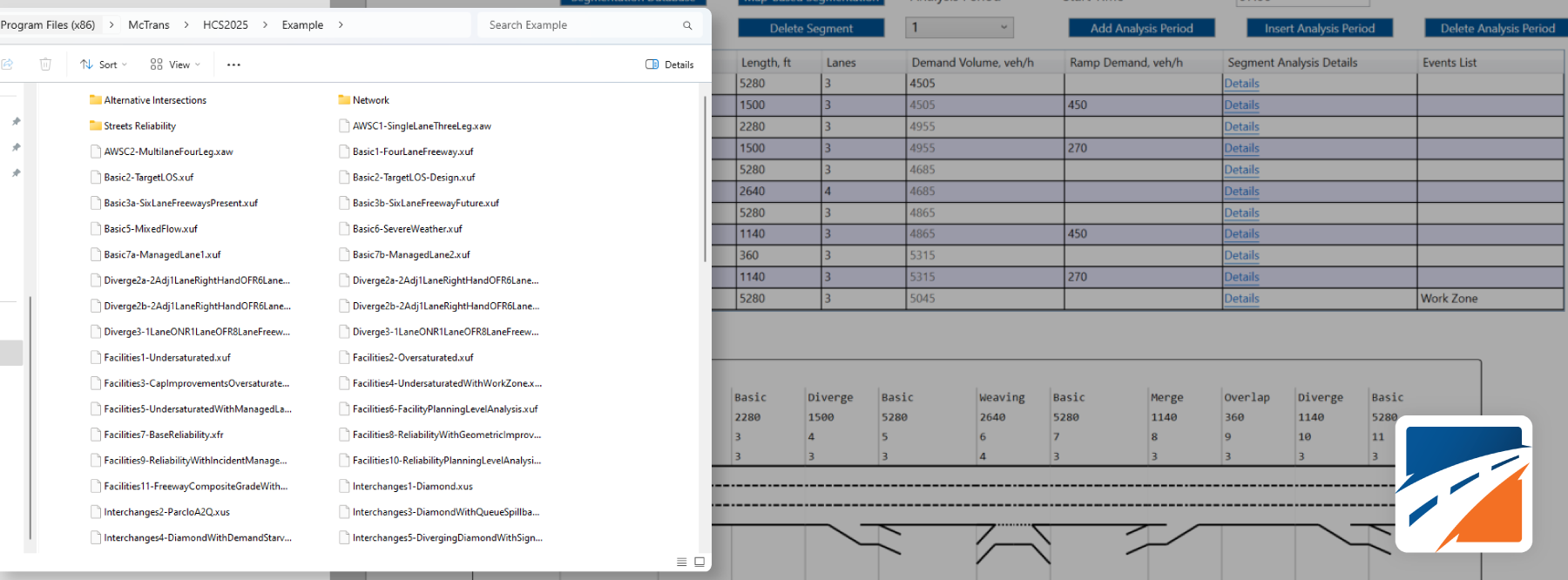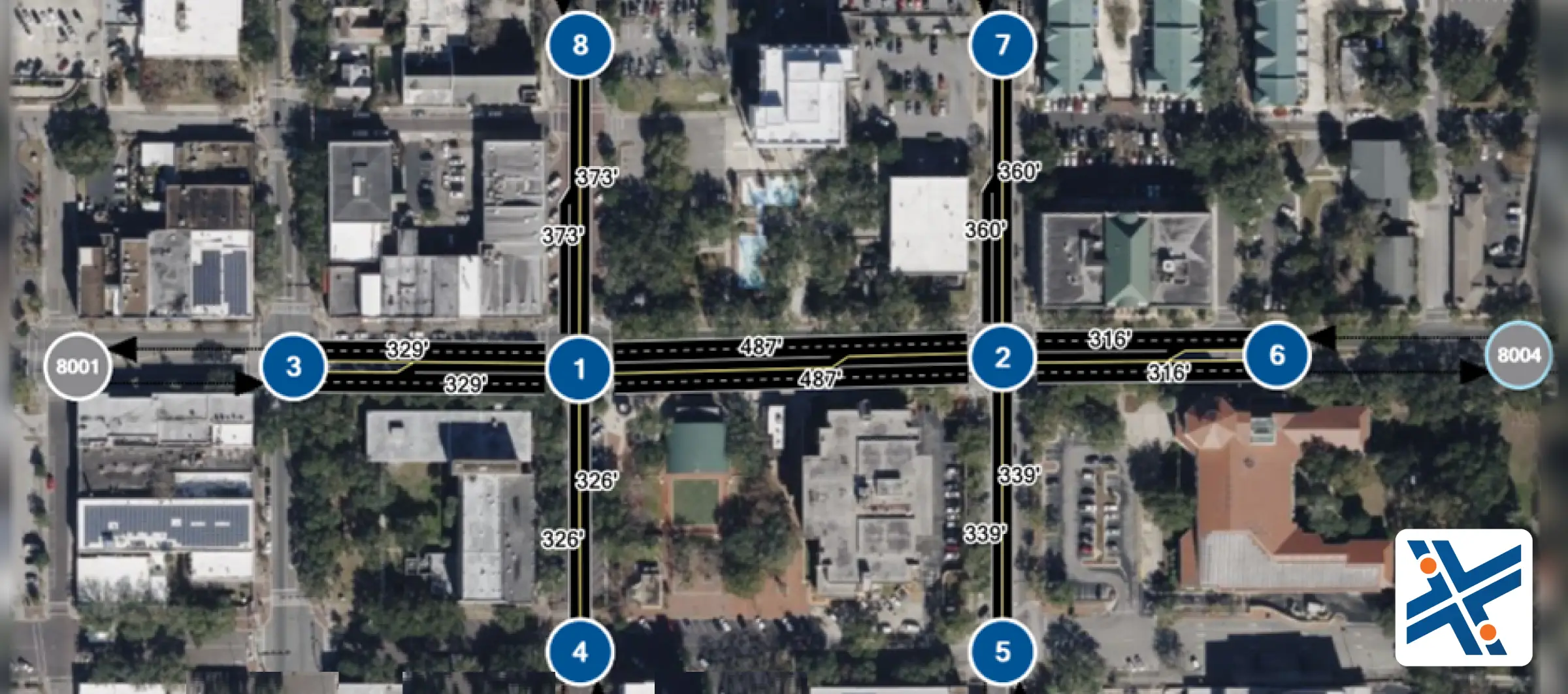
Dr. Gustavo de Andrade
McTrans support is here to help users with any questions you may have while conducting you traffic analysis and simulation with our software. Some common mistakes can be easily avoided with simple checks and software resources, saving your time while working on your projects.
Learn the 7 most common mistakes users make when using HCS:
01
Ignoring the Information Box, informing of easy-to-resolve modeling issues.
All HCS modules include an information box tool to assist users in reviewing their inputs before analyzing results.
02
Unintentionally switching the Streets Calculations Mode.
The Auto-Calculate option automatically refreshes results whenever any input is changed. When set to manual, the “Force Calculation” button must be pressed to refresh all outputs.
03
Skipping demand values for existing movements at some intersections on arterials.
This results in unreliable balanced flows along the corridor. The Streets module balances the adjusted flow rates on a corridor based on traffic movement demands of all intersections. Intersections with no demand inputs may result in lower than intended flow rates for other intersections on the corridor.
04
Setting protected left-turn phases and without correspondent left-turn lanes.
An exclusive protected left-turn phase requires a left-turn lane to operate properly on the main street. HCS will automatically assign permitted lefts for the main street approaches with only shared lanes for the through and left-turn movements.
05
Values out of range or the posted speed as the Free Flow Speed (FFS) for freeways or highways.
The Highways “Measured FFS” option should be used only when speeds were measured on the field. Otherwise, the HCS implements HCM’s FFS prediction model, which is based on the posted speed and geometry variables such as lane and shoulder widths, median type, and access point density (point/mi).
06
Incorrect number of freeway lanes for on-ramps, off-ramps, and weaving segments.
For weaving segments, the auxiliary lane is included in the total number of lanes. For ramp segments, acceleration/deceleration lanes lengths are inputted as an additional geometry variable on HCS module Freeways. Lane adds and drops are a special case modeled in HCS.
07
Make sure to have the latest HCS version.
Besides new features, the latest HCS version will include bug fixes and officially approved HCM errata. Read an example here of how McTrans continuously works with users and the TRB’s Highway Capacity and Quality of Service Committee to identify and address issues with the HCM methodology.



